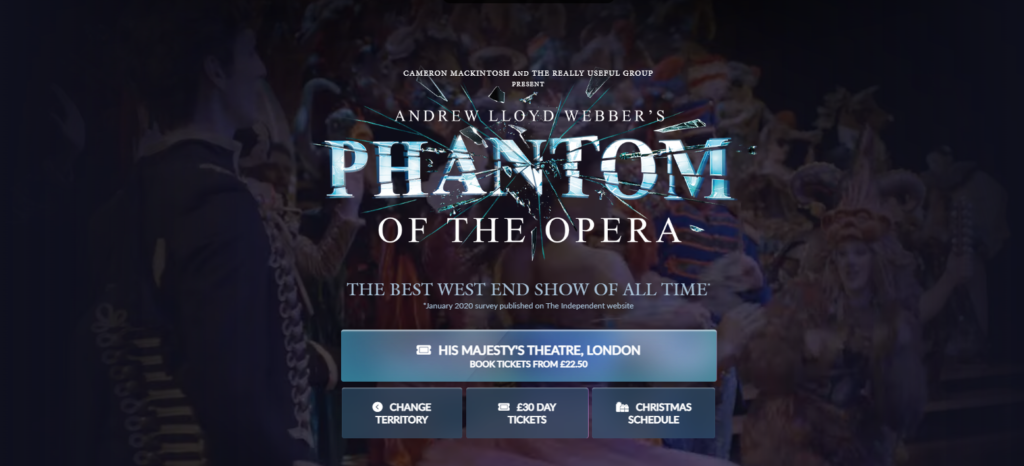In the pantheon of musical theater, few shows have achieved the legendary status of Andrew Lloyd Webber’s “The Phantom of the Opera.” A masterpiece that seamlessly blends romance, mystery, and tragedy, this iconic production has enthralled audiences around the globe for decades. From the moment the haunting overture begins, viewers are transported into a world where music soars, emotions run deep, and a masked phantom lurks in the shadows of the Paris Opera House.

The Enigmatic Legacy of ‘The Phantom of the Opera’
The Phantom of the Opera, a timeless musical masterpiece, has captivated audiences worldwide with its compelling storyline, haunting music, and spectacular theatricality. Since its debut, it has become a cultural phenomenon, leaving an indelible mark on the world of musical theatre.
Andrew Lloyd Webber’s magnum opus, based on Gaston Leroux’s novel, premiered in 1986 in London’s West End, quickly becoming a global sensation. Its historical significance lies not only in its longevity but also in its ability to redefine the standards of musical theater with its innovative stagecraft and mesmerizing score.
The Phantom of the Opera is not just a musical; it’s a global brand, having been translated into multiple languages and performed across continents. It has received numerous awards, including the prestigious Tony Award for Best Musical, solidifying its place in the annals of musical theatre history.
Beyond the stage, the Phantom’s influence extends into popular culture, inspiring various adaptations in film, literature, and music. This cross-media presence underscores the story’s universal appeal and timeless relevance.
Artistic and Cultural Significance
Andrew Lloyd Webber’s score for The Phantom of the Opera is nothing short of iconic. Songs like “The Music of the Night” and “All I Ask of You” have become staples of the musical theater repertoire, celebrated for their emotional depth and melodic beauty.
Set and Costume Design: The visual spectacle of The Phantom of the Opera is a key element of its allure. The opulent set designs and elaborate costumes transport audiences to a bygone era, creating an immersive experience that complements the story’s dramatic narrative.

At its core, The Phantom of the Opera is a story of love, obsession, and redemption. Its themes are universal, resonating with audiences across generations and cultures. The Phantom, a complex antihero, embodies the eternal human struggle between light and darkness.
The Phantom of the Opera broke new ground with its innovative use of stage technology, including the famous chandelier scene. These technical feats contribute to the show’s enduring popularity, offering audiences a theatrical experience unlike any other.
The Experience of Attending a Performance
Experiencing The Phantom of the Opera live is an unforgettable event. The energy of the performers, the live orchestra, and the collective anticipation of the audience create a palpable excitement that cannot be replicated.
The majesty of the venues where The Phantom is staged adds to the allure. Historic theaters with their own stories to tell provide the perfect backdrop for this Gothic tale, enhancing the overall experience.
The Phantom of the Opera consistently receives standing ovations, a testament to its ability to engage and move its audience. The emotional journey it offers leaves many attendees in awe, often returning for repeat viewings.

For anyone who appreciates the arts, seeing The Phantom of the Opera is a must. It’s not just a musical; it’s an experience that transcends ordinary theater, offering a glimpse into the extraordinary power of human creativity and expression.



